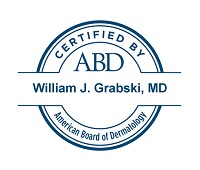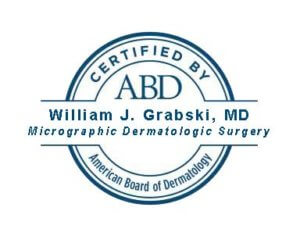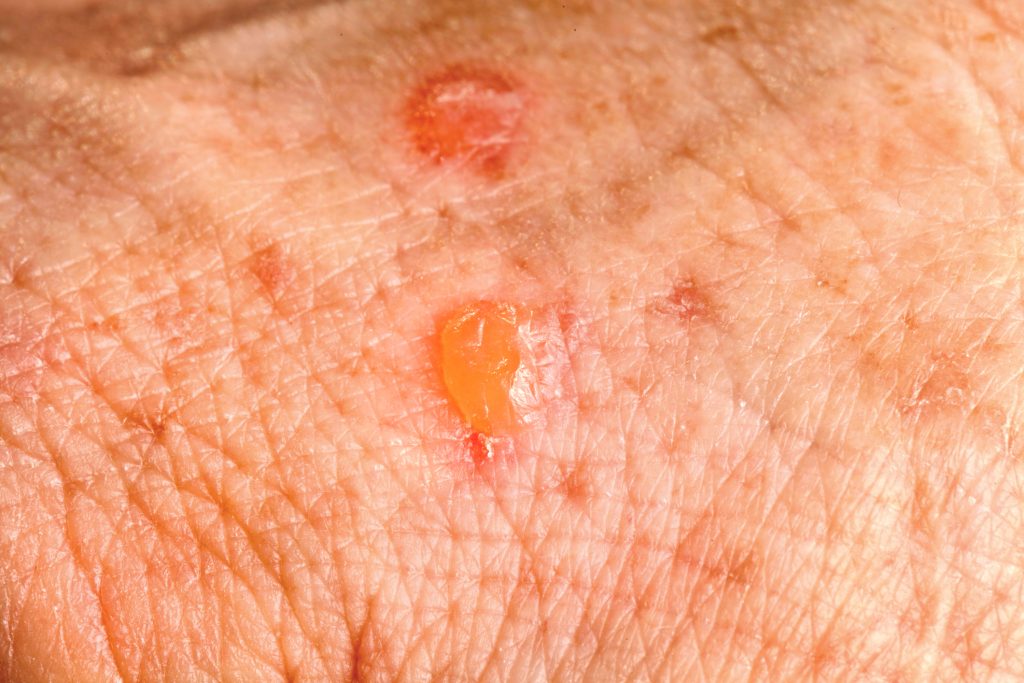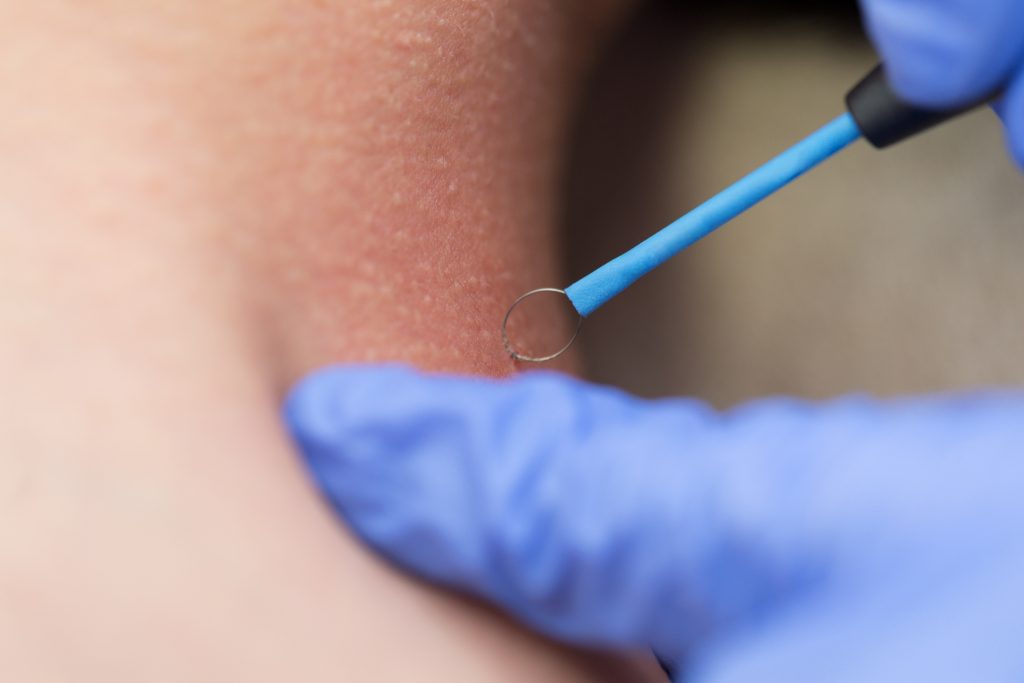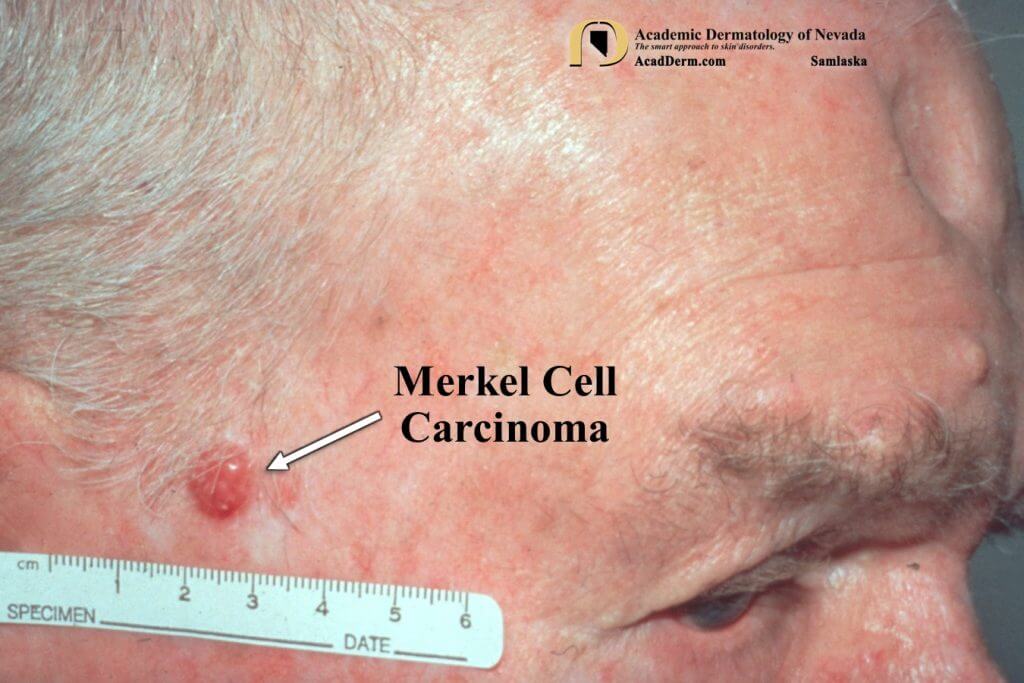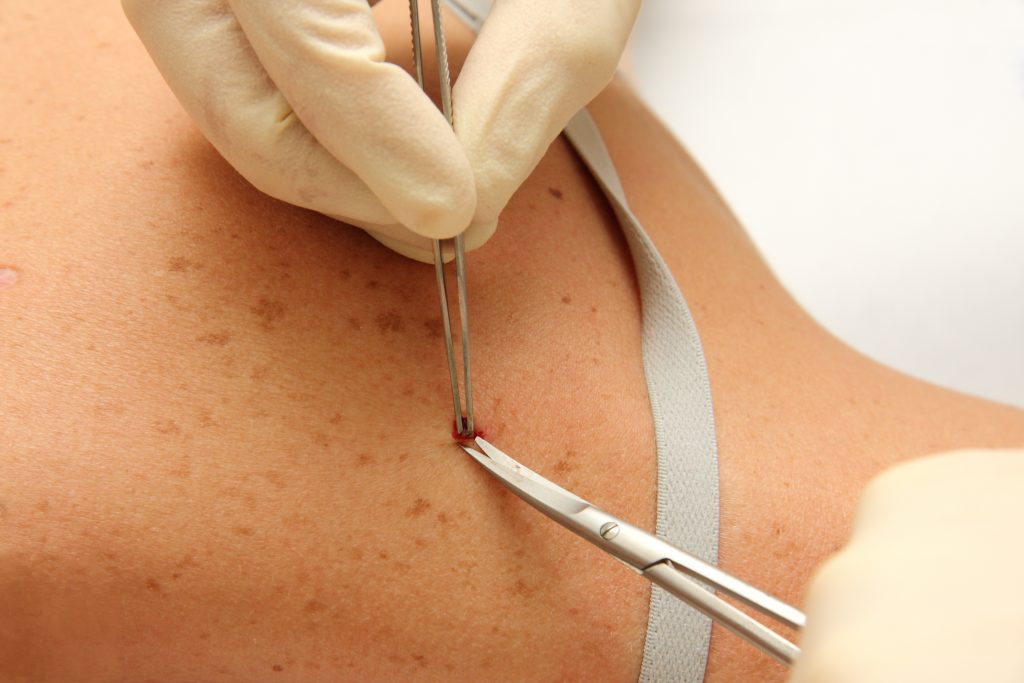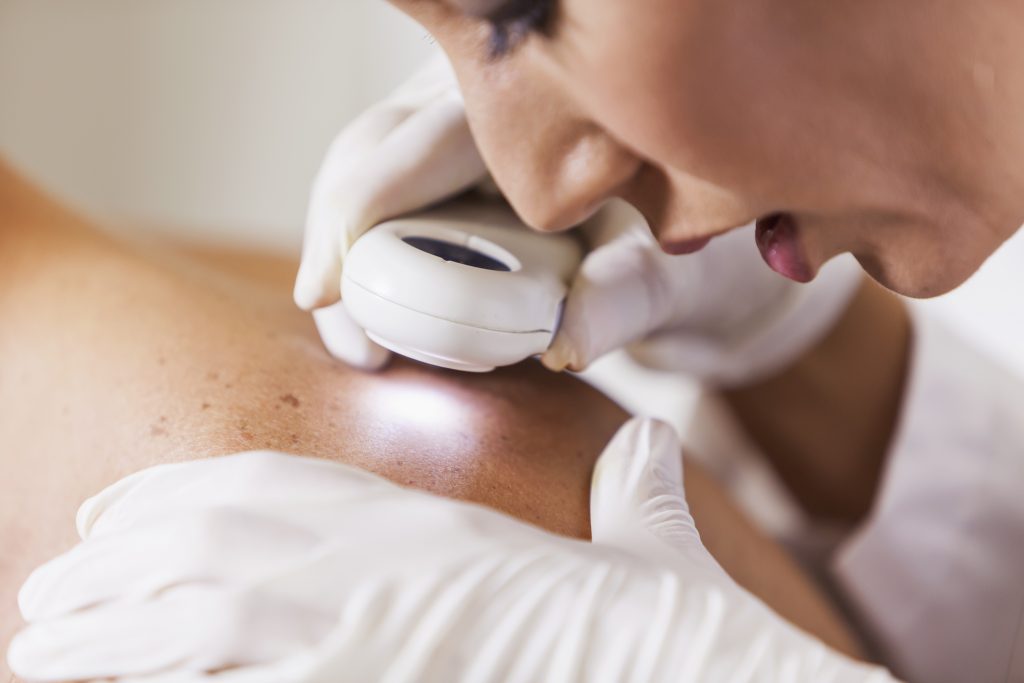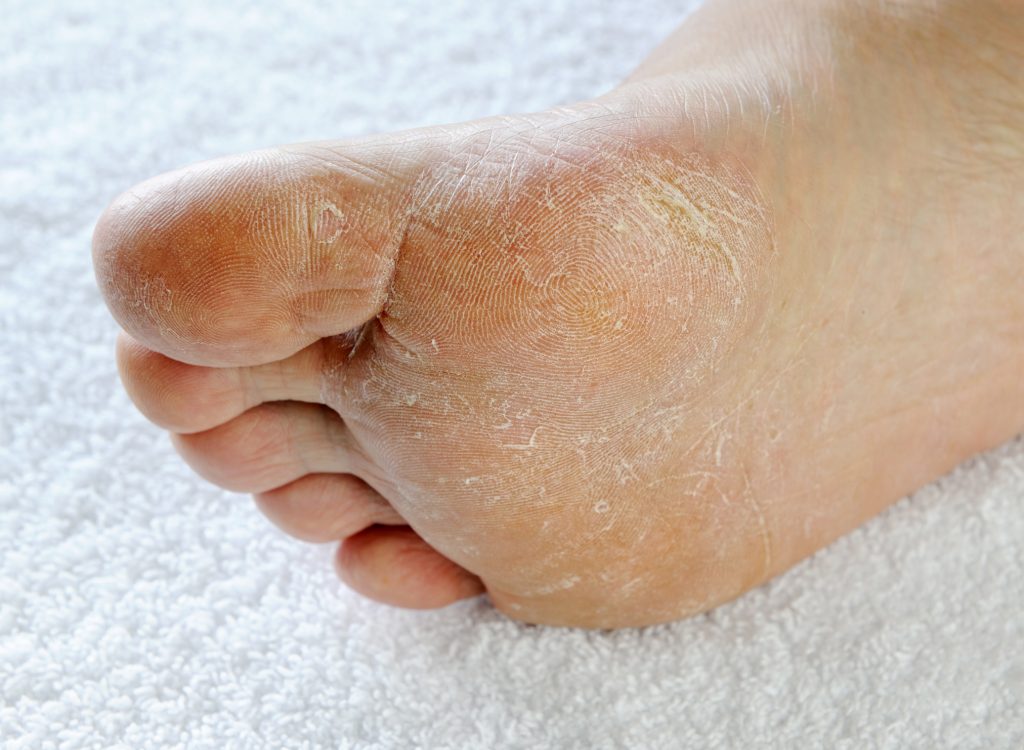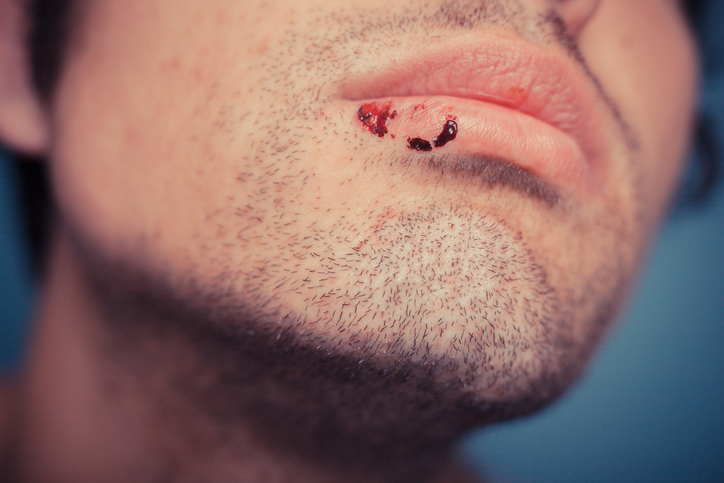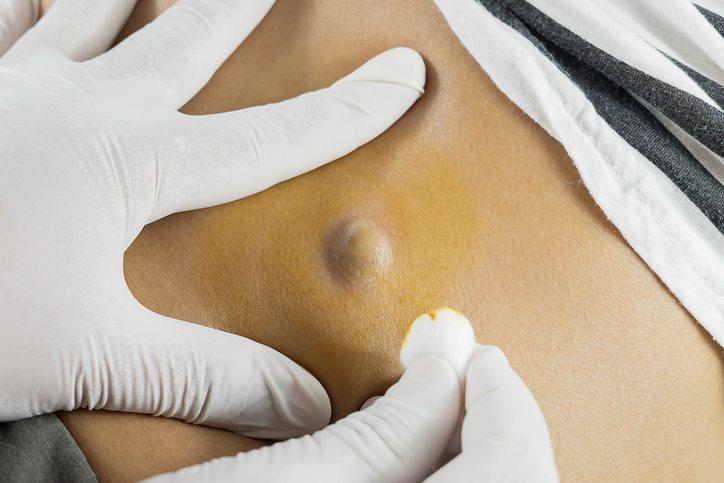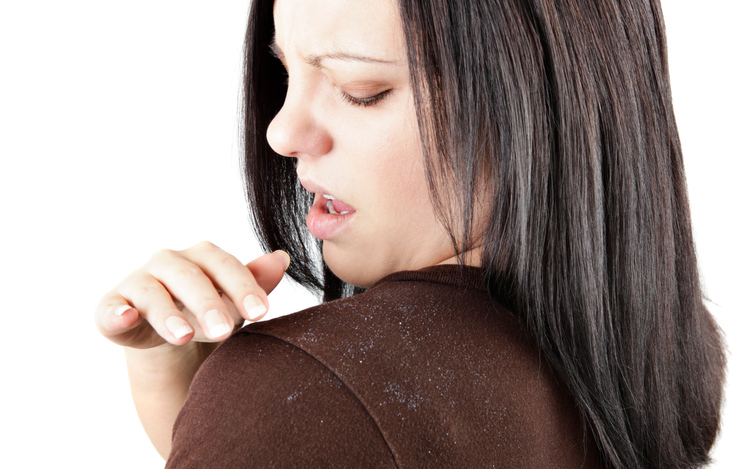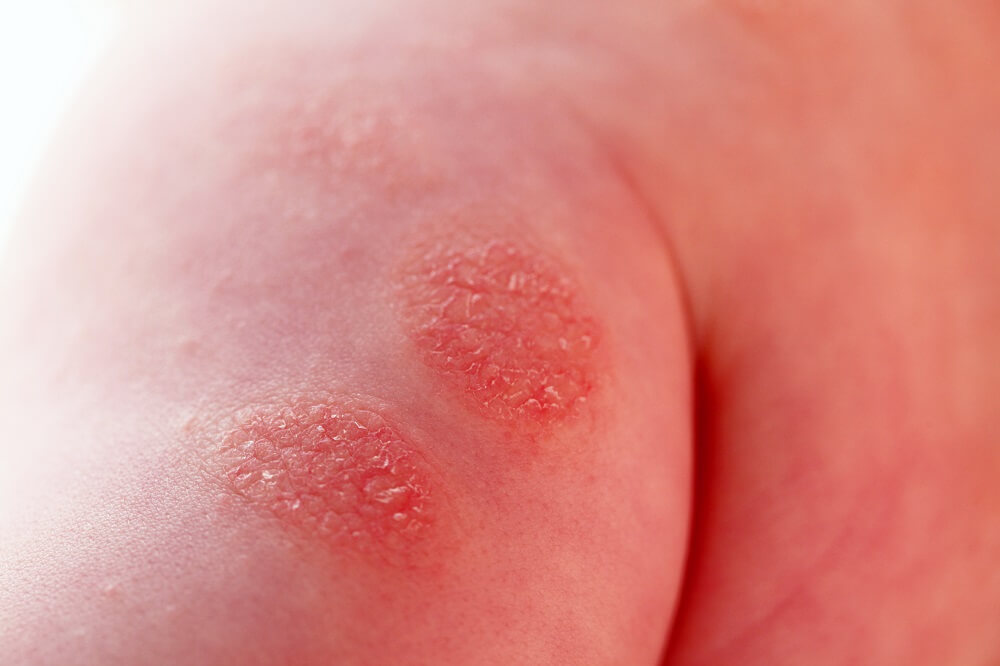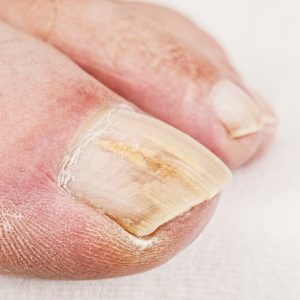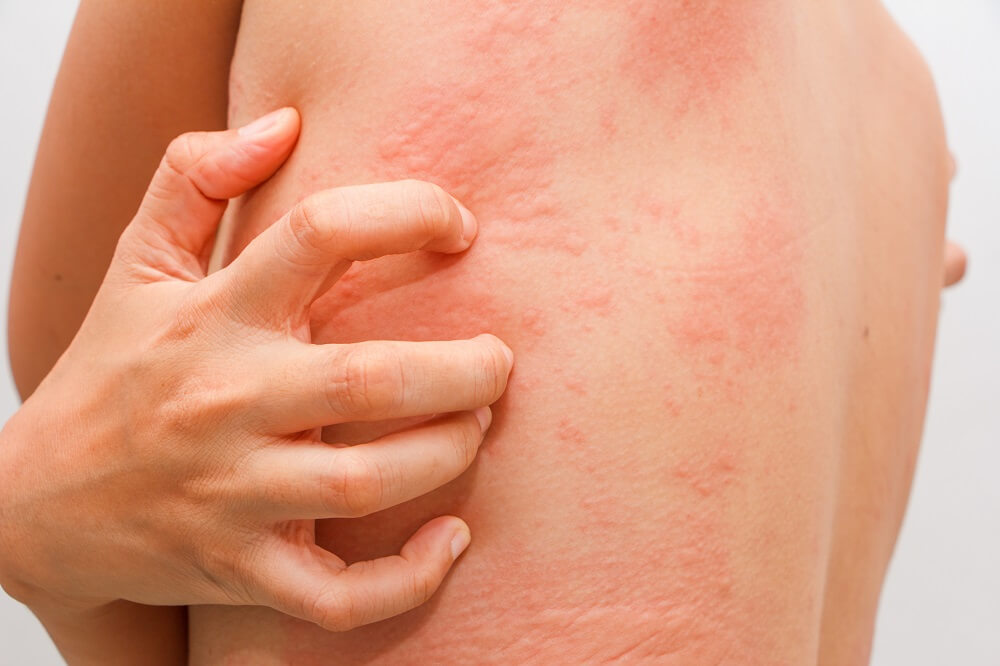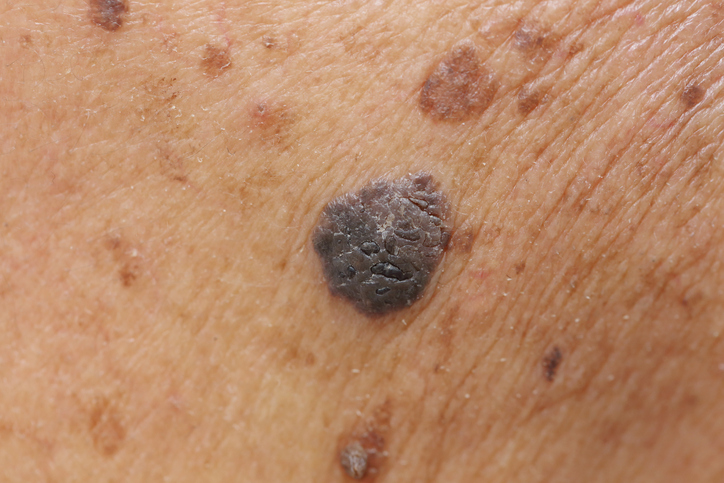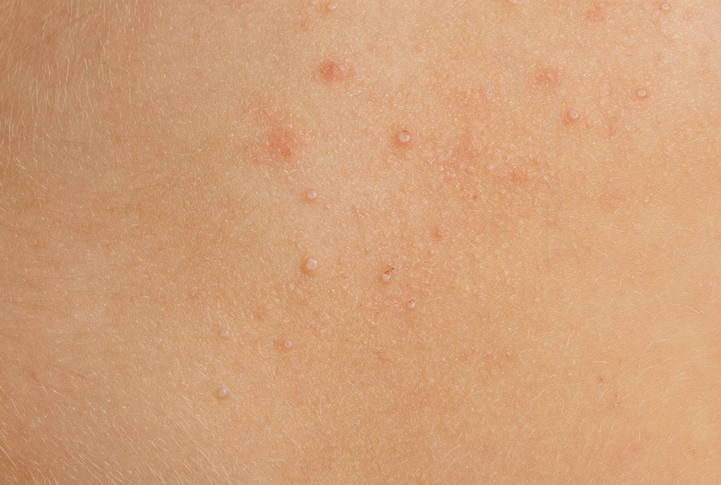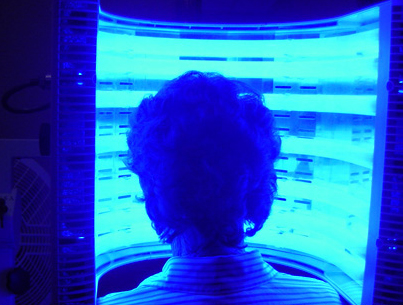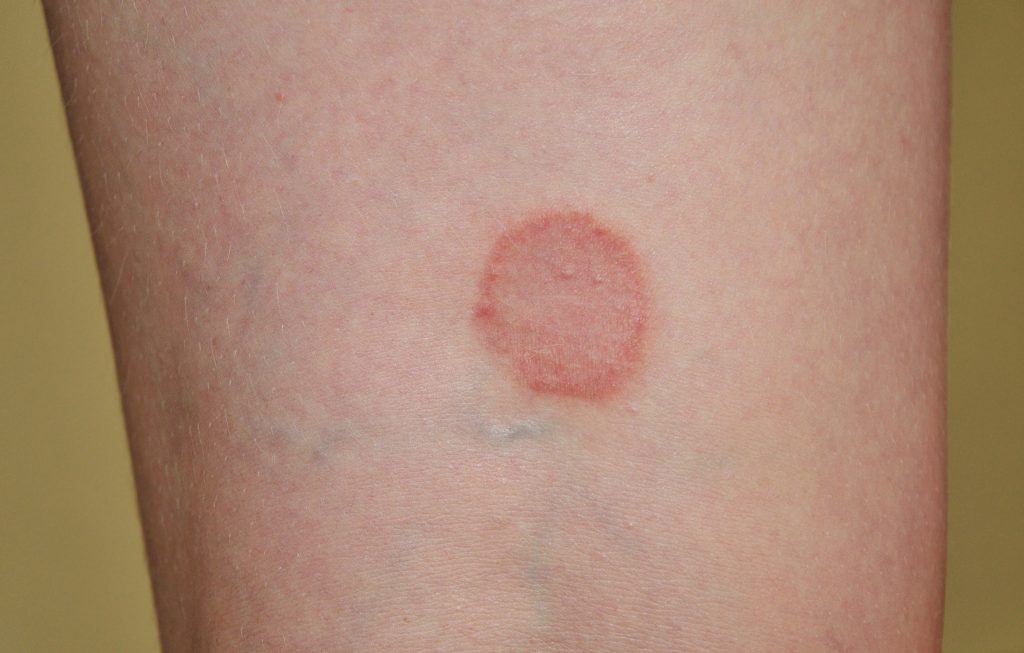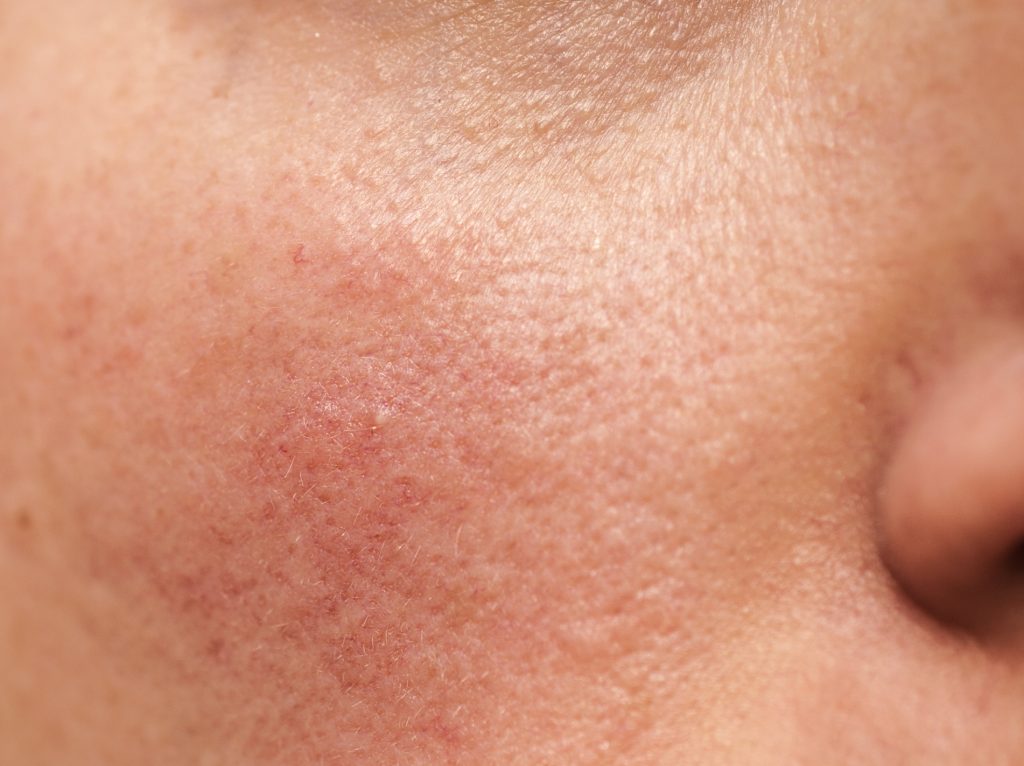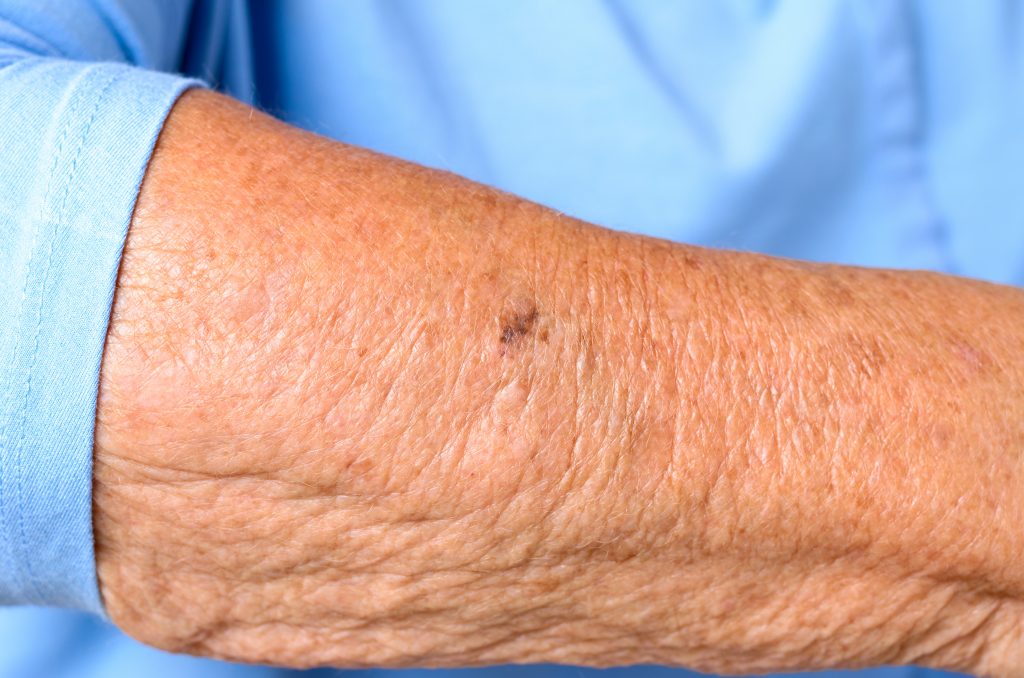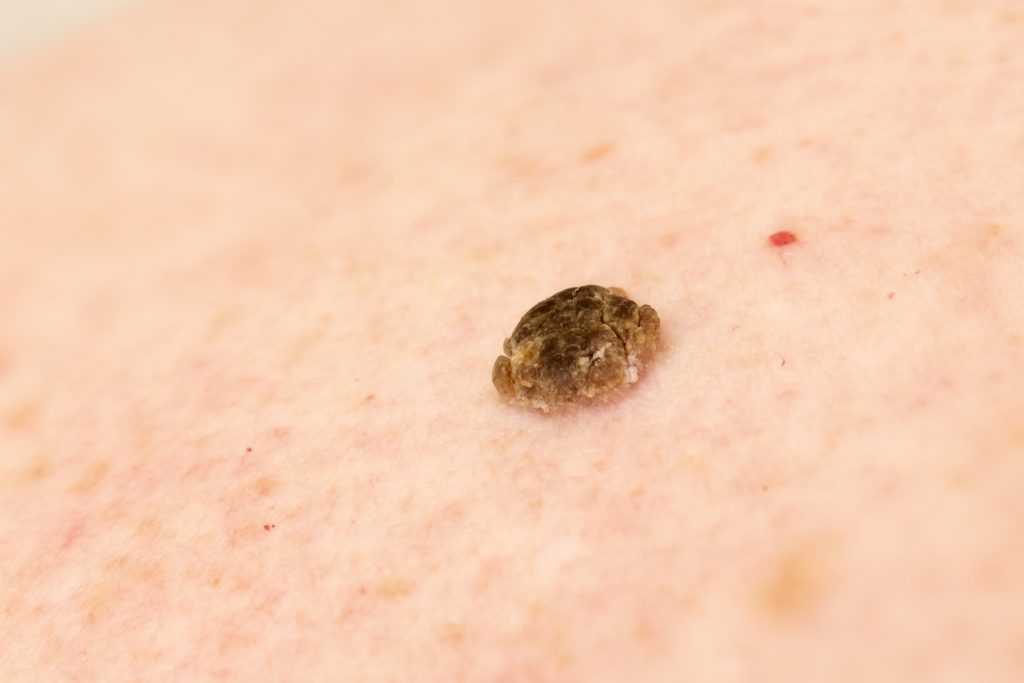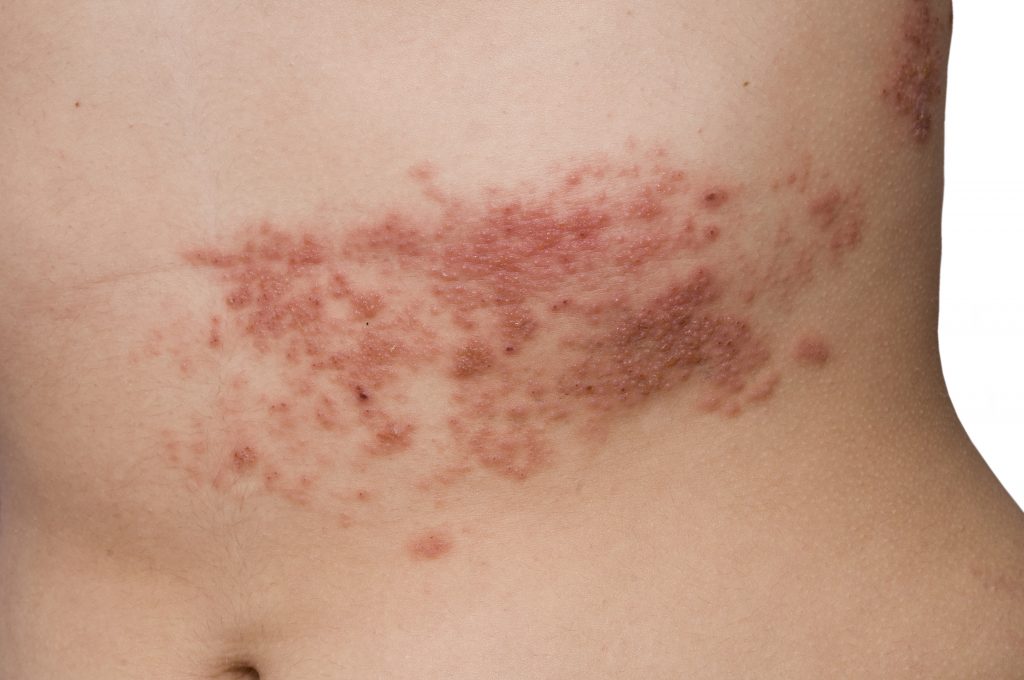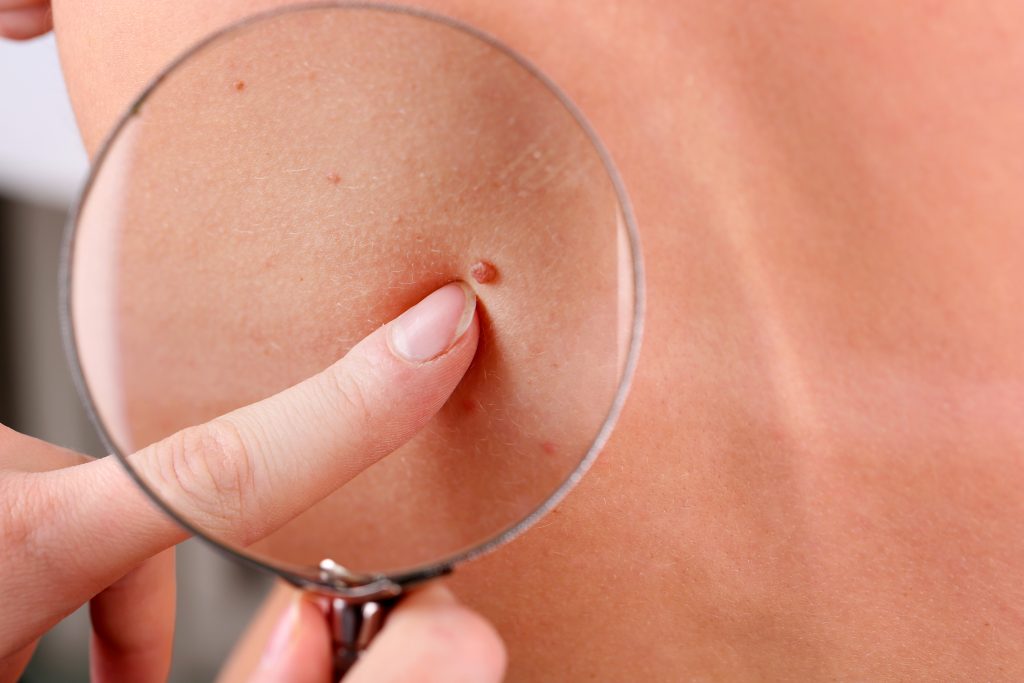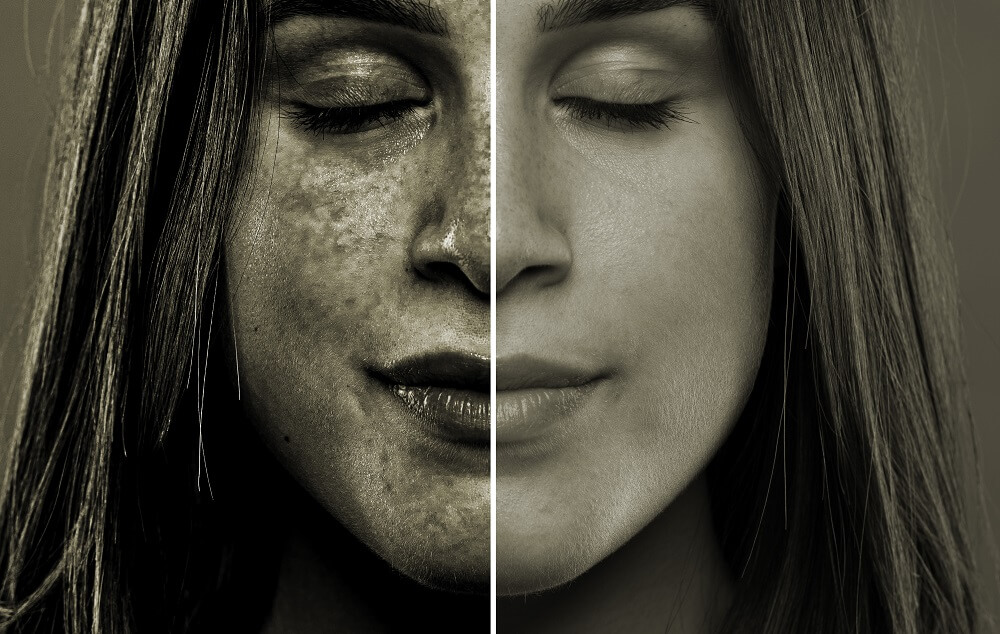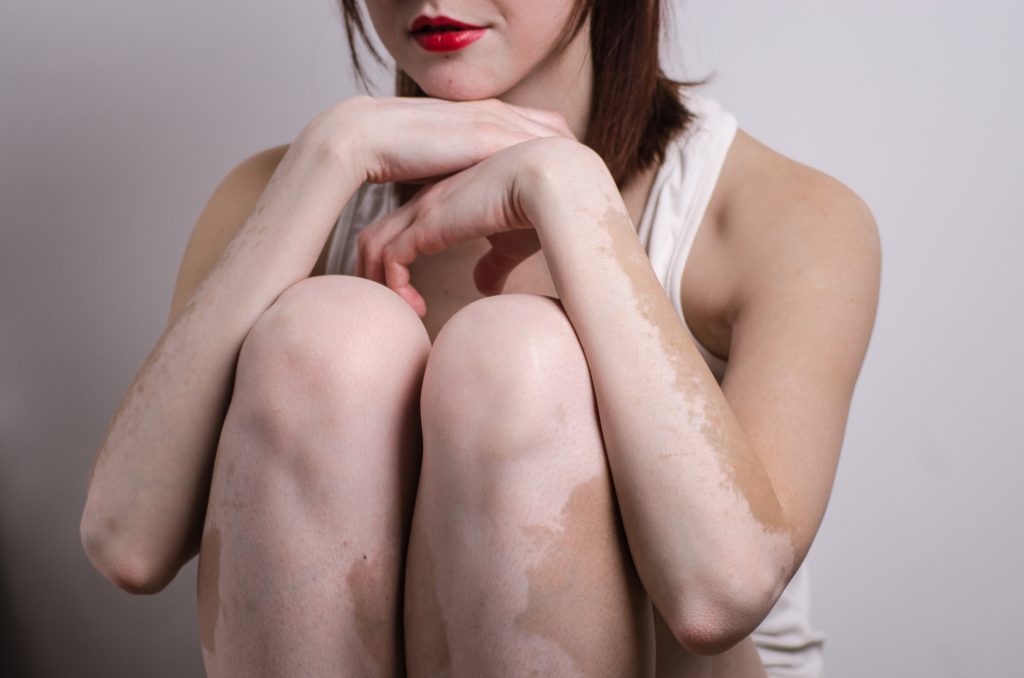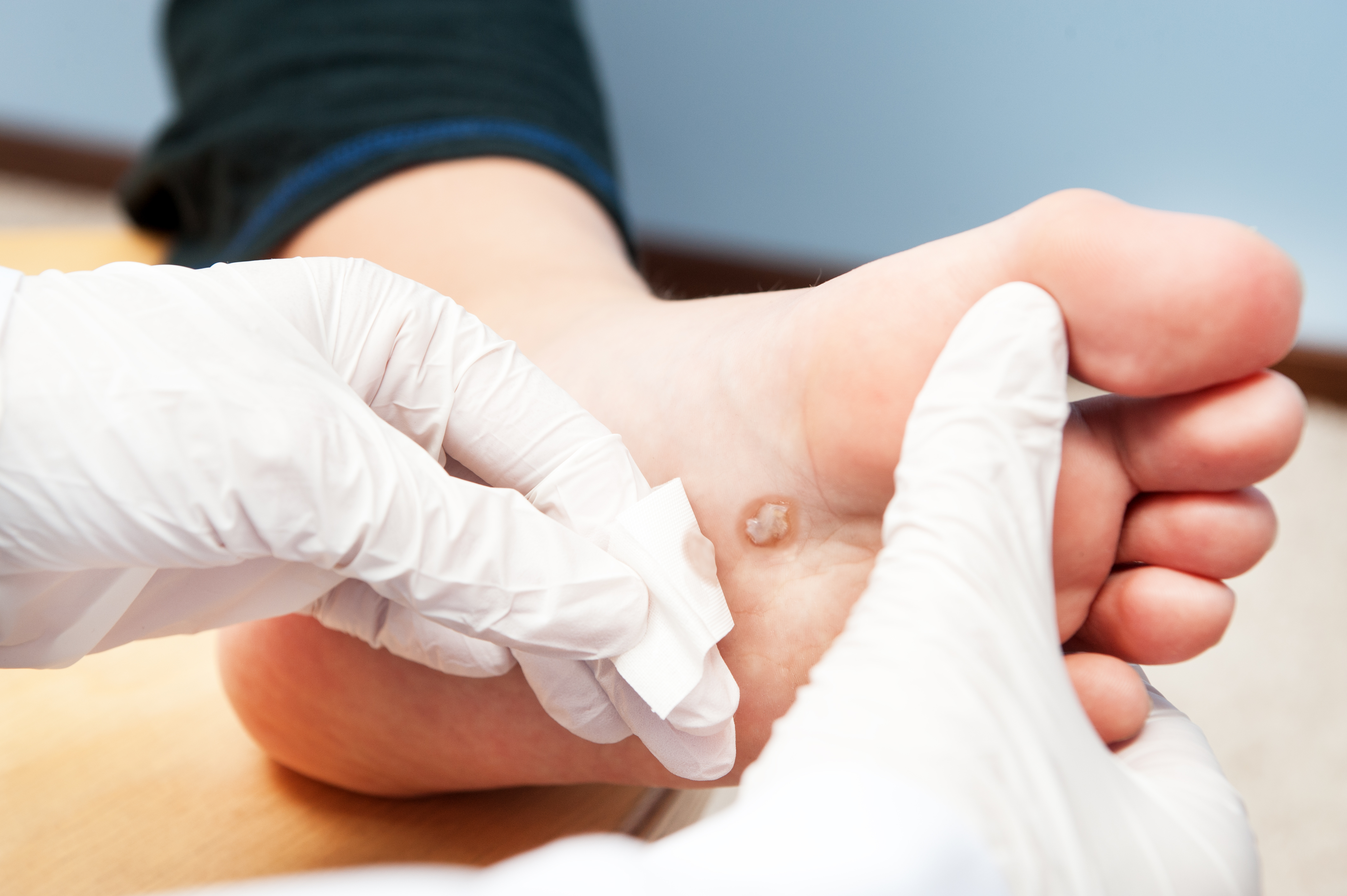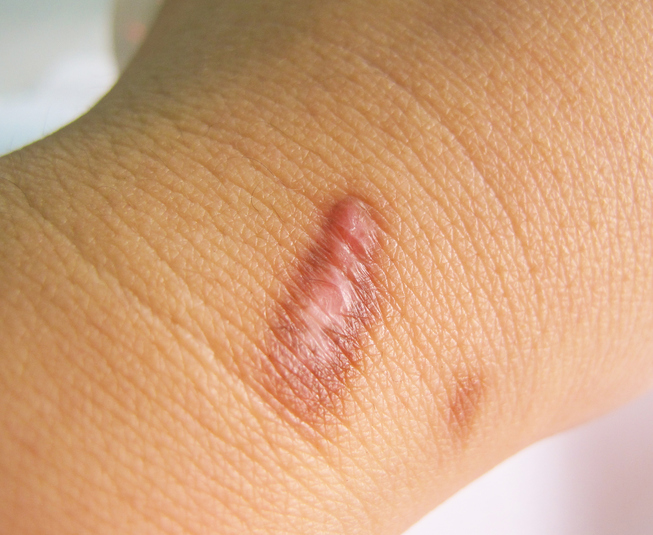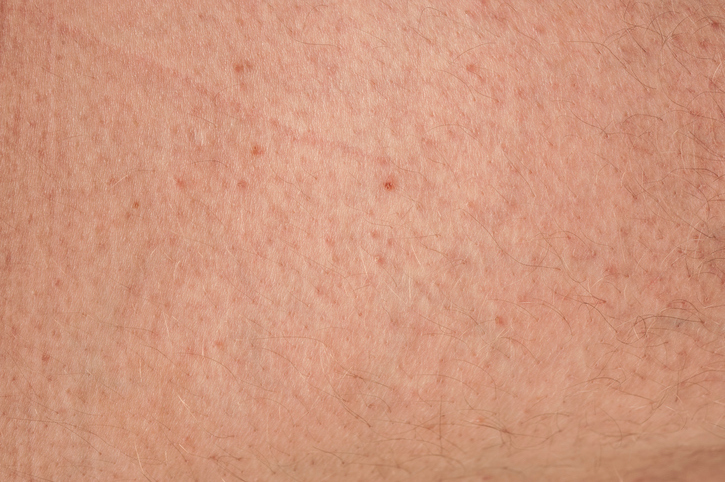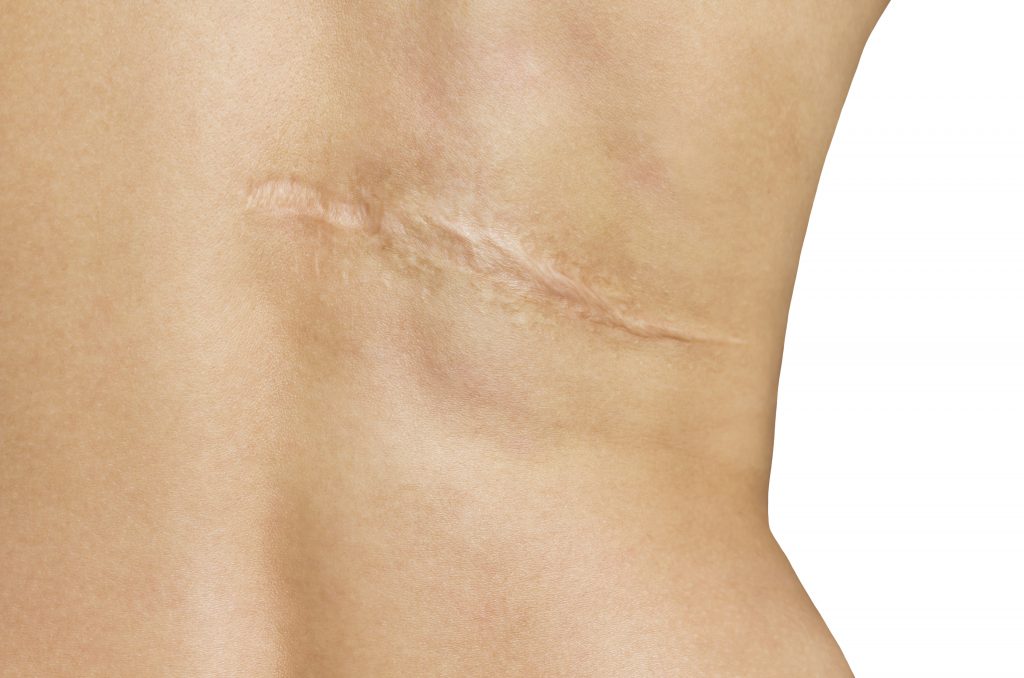William J. Grabski, MD, FAAD
Board-Certified Dermatologist
Board-Certified Micrographic Dermatologic Surgeon
Fellowship-Trained Mohs Surgeon
Fellow of the American Academy of Dermatology
Dr. William Grabski brings over twenty years of medical experience to our office. But he also brings something even more important: a caring attitude, keen mind, and a desire to deliver the best medical service for you, his patient.
A 1975 graduate of Geneva College in Pennsylvania, Dr. William Grabski received his MD in 1979 from Temple University Medical School in Philadelphia. He then began a distinguished career in the United States Army from which he retired in 1999. During his military career and following, his accomplishments have included several assignments as a skin care and surgery instructor, plus numerous medical presentations, journal articles, and textbook contributions, as well as many medical awards.
Dr. William Grabski sees patients for a variety of skin problems, and he specializes in Mohs micrographic surgery. This surgery involves examining malignant cells, determining the exact location, and removing the cancer cells while saving the healthy tissue around them. He performed and trained medical personnel on this procedure while at Brooke Army Medical Center in San Antonio. Dr. William Grabski is one of the reasons why many patients like you have experienced such success from their treatment here. He delivers care that makes a difference. Results that improve your life.
Specialties and Affiliations
Honors and Awards
- Meritorious Service Medal, 1981, 1999
- Army Commendation Medal, 1986
- Honorable Mention, Young Investigators Competition of the Journal of Dermatologic Surgery and Oncology, 1988
- “A” (Proficiency Designator) – Awarded by the Surgeon General of the Army for the continued demonstration of the exceptional professional ability in recognition of outside qualifications in the field of Dermatology, 1996
- Army Achievement Medal, 1997
- Order of Military Medical Merit, 1998
- The Legion of Merit, 1999
- America’s Top Physicians, 2004-2005
Featured Blogs
Clinic Locations
U.S. Dermatology Partners Tyler on Dominion Plaza
1367 Dominion Plaza
Tyler, TX 75703
(903) 534-6200
“When it comes to your skin, you want to make sure that you’re getting the best care possible. That means care from a dermatology staff who have the experience and training to offer the utmost in patient care and compassion. That’s why I came to this practice. We always strive to give you the very best.”
– William J. Grabski, MD
Insurance Plans Accepted By William Grabski, MD
- Aetna
- Ambetter
- Americas Choice Provider Network (ACPN)
- Amerigroup
- Baylor Scott & White Quality Alliance
- Blue Cross Blue Shield (BCBS)
- CareNCare
- Christus
- Cigna
- Devoted Health
- First Care
- Galaxy Health Network
- Health Smart
- Healthcare Highways
- Humana
- Independent Medical Systems (IMS)
- Medicare
- Multiplan
- Oscar Health
- Prime Health Services Inc
- Private Healthcare Systems (PHCS)
- Provider Select
- Railroad Medicare
- Scott & White Health Plan
- Three Rivers Provider Network (TRPN)
- Tricare
- TriWest Healthcare Alliance (TriWest)
- United Healthcare (UHC)
- Wellcare
- WellMed
William Grabski, MD accepts most major insurance plans. If your plan is not listed above, please contact the office to verify coverage.
What Our Patients Say
Source : Healthgrades – Apr 12, 2024
Source : Healthgrades – Apr 07, 2024
Source : Healthgrades – Mar 31, 2024


